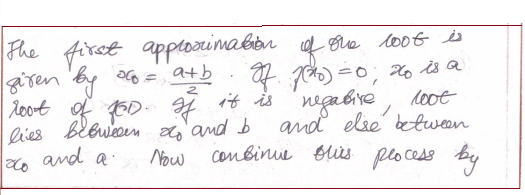“Hedgehogs see what is essential, and ignore the rest”
“Hedgehogs see what is essential, and ignore the rest”
(The above sentence is taken from Jim Collin’s famous article – ‘Are You a Hedgehog or a Fox?’ – Below is my anlaysis of this topic as related to Information Architecture)
Collins’ article brings out the importance of having a unified “organizing idea” that guides everything. Fox is personified as someone (or a company) who is just smart and looking for various ends at the same time, but fails to focus on any unique idea/plan that should drive him competitive. Hedgehog on the other hand, is personified as someone (or a company) who just focuses on what is most required in order to be competitive in any situation (the essence of the particular topic in subject line).
The core idea that can be correlated to IA world is – the IA should focus on business strategy and the basic structure should support the strategic fit to remain competitive in a changing business environment. This points to the fact that the IA should only consider those critical features that are essential to support the business strategy and should ignore the rest. If IA attempts to implement all state of the art features, the effect will be like what happened to Fox (Hedgehogs would be then other competitive websites which focus on their unique strategic fits).
One of the main objectives of any IA research phase is to identify the client’s current and future business strategy and thus analyze the existing content to see whether the current IA is targeted towards realizing the unified strategic fit as defined by the business strategy. The article further reinforces the rule of thumb that the IA strategy should be focused on those site features which has a profound impact on realizing the business strategy. Testing reveals that there are features and functionalities that need to be improved in order to support the strategy fit.
